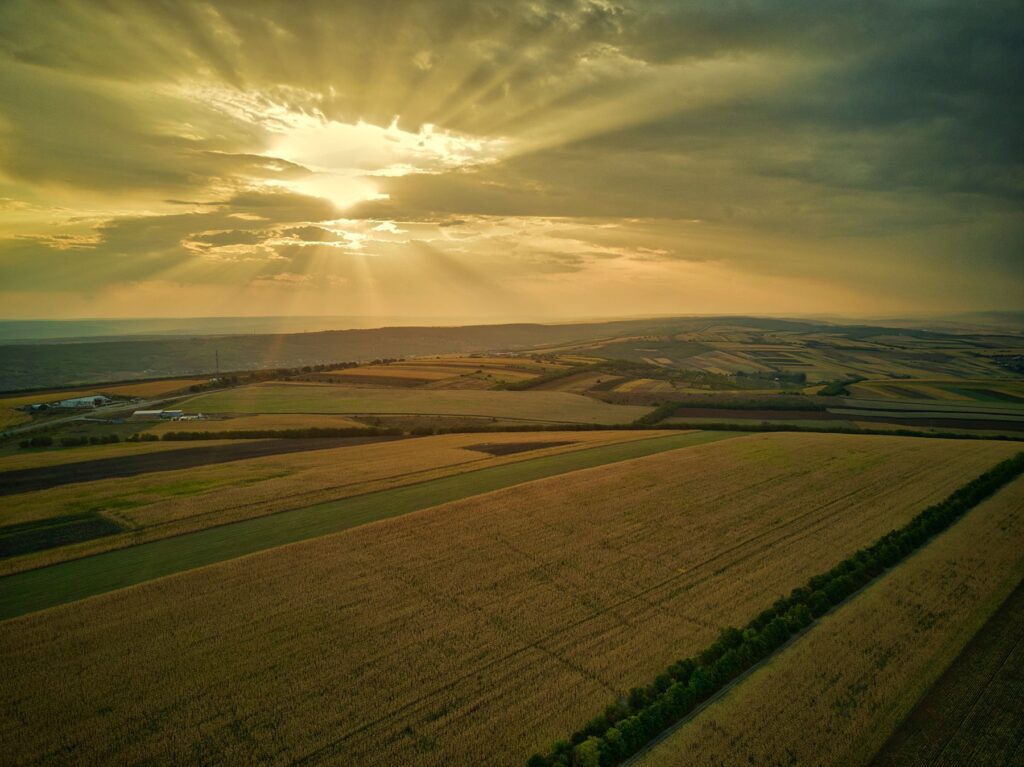Nebraska Land Values Decrease 2% While the Rest of the Country Remains Fairly Stable
 Despite uncertainty surrounding the ag market, U.S. farmland values have remained “remarkably stable” through mid-2025. Nationally, values appear consistent, although some regions are experiencing declines. For instance, the University of Nebraska reported that land values in the state fell for the first time in six years, declining by 2% to $3,395 per acre.
Despite uncertainty surrounding the ag market, U.S. farmland values have remained “remarkably stable” through mid-2025. Nationally, values appear consistent, although some regions are experiencing declines. For instance, the University of Nebraska reported that land values in the state fell for the first time in six years, declining by 2% to $3,395 per acre.
The USDA projects 2025 net farm income to be the lowest since 2020. As a result, farmland listings remain low. They are down 25% from the 2020-21 period. Many landowners are choosing to retain farmland for its long-term value. Farmland demand remains primarily driven by farmers, and future value trends hinge on their profitability.
Regionally, values vary. Kansas, Missouri and Eastern Colorado have held steady. Some competitive auctions are exceeding market expectations.
Indiana, Ohio and neighboring states show softer markets. This is especially true for less productive land. Illinois and Wisconsin have stabilized after declines, with balanced buyer-seller expectations.
The Dakotas and Western Minnesota are seeing land value increases. This is being fueled by strong crops and cattle prices.
Western Nebraska, NW Kansas and NE Colorado report lower public listings and investor caution. Pastureland demand remains high. Eastern Nebraska and Western Iowa are experiencing pressure from lenders due to tighter buyer pools.
Texas shows moderate growth, with a focus on property quality. In Iowa and Southern Minnesota, tight supply is causing slight price increases. This is due to strong auction activity and investor interest.
